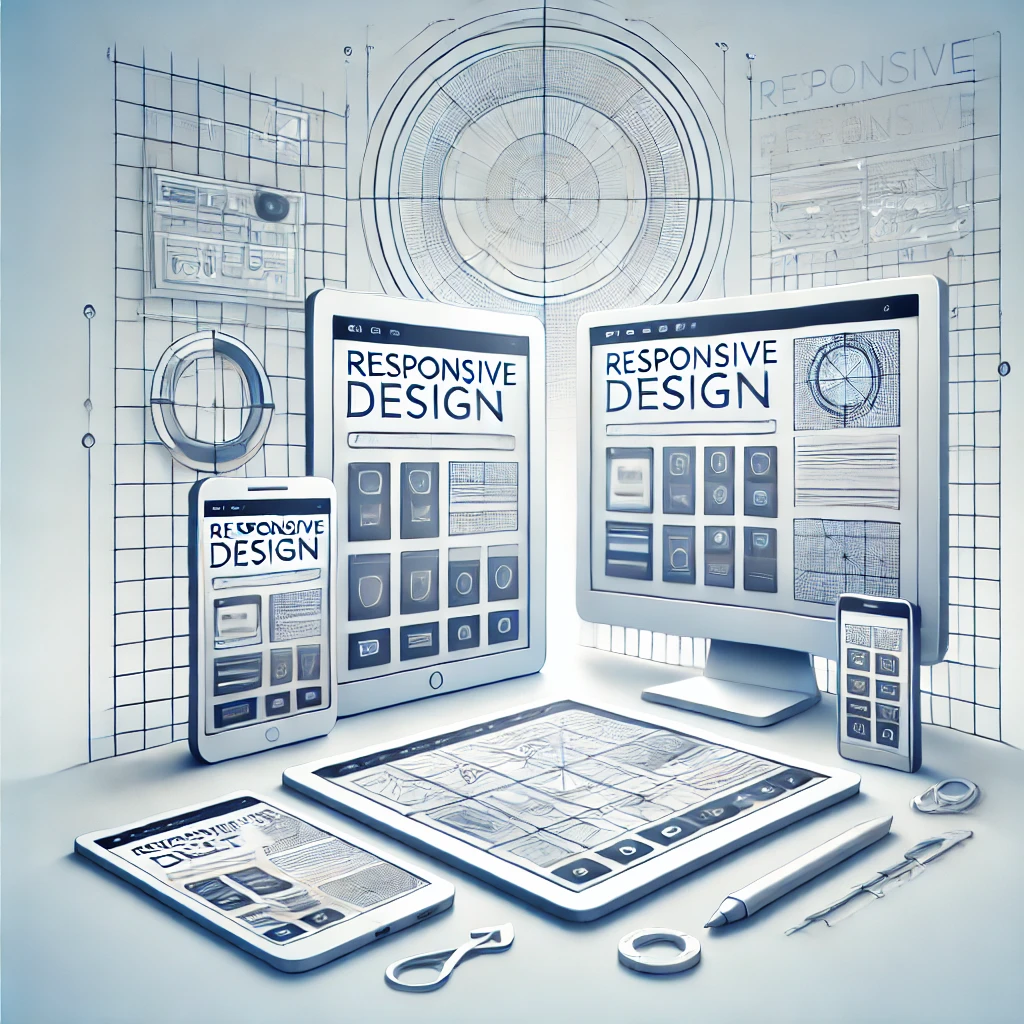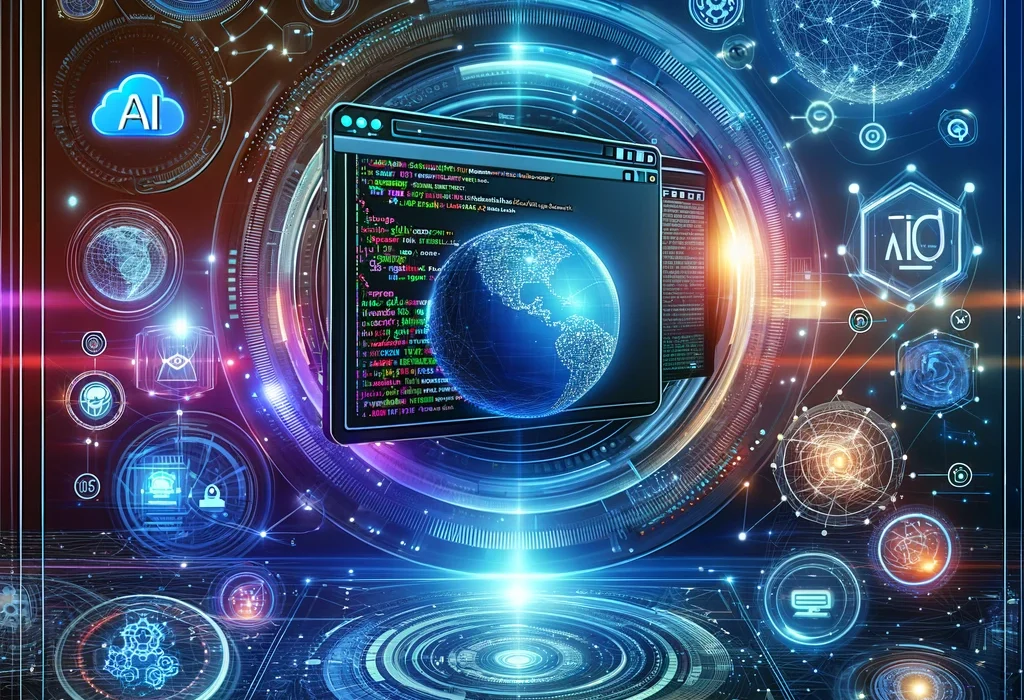In an ever-evolving digital world, web development is at the epicenter of technological advancements. As we look toward the next decade, emerging trends promise to revolutionize the way we build and experience the web. This article explores the most important innovations that will define the future of web development and how they may impact the overall digital experience.
The web powered by artificial intelligence (AI)
Artificial intelligence is already transforming web development, from automatically generating code to designing personalized user experiences. Tools like AI-powered code assistants are speeding up development times and improving the quality of the final product. In the future, we can expect AI to become an integral part of development, with applications that automate complex tasks, optimize designs, and predict user behavior more accurately.
Furthermore, AI could also play a crucial role in website maintenance and updating. Using advanced algorithms, systems will be able to identify problems, propose solutions, and automatically implement changes, reducing downtime and improving the user experience.
Immersive interfaces with augmented reality (AR) and virtual reality (VR)
Augmented reality and virtual reality are changing the way we interact with technology. In the next decade, we will see a boom in websites that integrate immersive experiences, such as 3D virtual stores, interactive tours, and immersive educational tools. This will require new approaches to web design and development, along with increased adoption of technologies like WebXR .
These immersive interfaces could also be integrated with artificial intelligence to create even more personalized and contextual experiences. For example, e-commerce could be developed where users can virtually try on clothes or decorate their homes with products before making a purchase.
The decentralized web and blockchain
With the growing interest in privacy and security, blockchain technology could play a crucial role in web development. The decentralized web promises greater transparency, less dependence on centralized servers, and more control for users over their data. This will open up new opportunities for the creation of more secure applications, such as smart contracts, decentralized payment systems, and identity management.
Furthermore, this technology could facilitate the creation of digital economies within the web, enabling secure and traceable transactions that benefit both users and developers.
Advanced Automation and DevOps
Automation and DevOps practices will continue to drive efficiency in web development. In the future, continuous integration and continuous deployment (CI/CD) tools will become more sophisticated, allowing teams to release products faster and with fewer errors. Additionally, automated testing and real-time monitoring will improve website quality and stability.
As automation evolves, we’ll also see an increase in the capabilities of simulated local environments, where developers can test their applications in virtual environments that are nearly identical to real ones before deploying them.
Priority on accessibility and inclusion
As awareness of the importance of accessibility increases, web development will focus on ensuring that platforms are usable for everyone, regardless of their abilities. This will include the use of more advanced accessibility testing tools and compliance with international standards such as WCAG (Web Content Accessibility Guidelines).
Developers will also be able to leverage artificial intelligence to automatically analyze and improve websites from an accessibility perspective, ensuring they meet standards and are inclusive from the outset.
The evolution of responsive design
Responsive design will evolve to adapt not only to different screen sizes, but also to new devices and usage contexts. From smartwatches to IoT devices, developers will need to think creatively to deliver consistent and engaging experiences across an ever-increasing range of interfaces.
This will also include adaptive design based on user context, such as geographic location, time of day, and personal preferences, enabling even greater personalization.

Emerging languages and frameworks
Every decade brings new programming languages and frameworks that change the landscape of web development. In the future, we’ll see an increase in tools that prioritize efficiency, scalability, and interoperability. Technologies like WebAssembly could redefine the boundaries of what’s possible in the browser.
The frameworks will also focus on simplifying collaborative work between multidisciplinary teams, integrating features that foster better communication and coordination.


